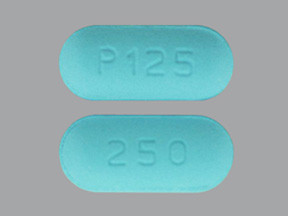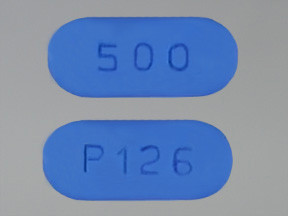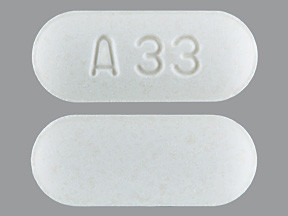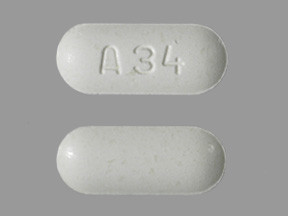CEFUROXIME - ORAL
PHONETIC PRONUNCIATION: (seff-you-ROX-eem)
COMMON BRAND NAME(S): Ceftin
GENERIC NAME(S): cefuroxime axetil
Uses
USES: Cefuroxime is used to treat a wide variety of bacterial infections. This medication is known as a cephalosporin antibiotic. It works by stopping the growth of bacteria. This antibiotic treats only bacterial infections. It will not work for viral infections (such as common cold, flu). Using any antibiotic when it is not needed can cause it to not work for future infections.
How to use CEFUROXIME - ORAL
HOW TO USE: Take this medication by mouth usually twice daily (every 12 hours), or as directed by your doctor. Take cefuroxime with food to increase absorption and reduce stomach upset. Dosage is based on your medical condition and response to therapy. Swallow the tablets whole. Do not crush or chew because the tablets have a strong bitter taste. Use the liquid suspension form of this medication if it is difficult to swallow the tablets. For the best effect, take this antibiotic at evenly spaced times. To help you remember, take this medication at the same time(s) every day. Continue to take this medication until the full-prescribed amount is finished, even if symptoms disappear after a few days. Stopping the medication too early may allow bacteria to continue to grow, which may result in a relapse of the infection. Inform your doctor if your condition persists or worsens.
Side Effects
Precautions
Interactions
Overdose
Images

- color
- light blue
- shape
- oblong
- imprint
- 250, P125

- color
- light blue
- shape
- oblong
- imprint
- 250, P125

- color
- dark blue
- shape
- oblong
- imprint
- 500, P126

- color
- dark blue
- shape
- oblong
- imprint
- 500, P126
Reviews
Faq for CEFUROXIME - ORAL
Cefuroxime oral is an antibiotic medication used to treat various bacterial infections, including respiratory tract, skin, urinary tract, and ear infections.
Cefuroxime oral works by inhibiting the growth of bacteria and stopping their multiplication. It does this by interfering with the bacteria's cell wall synthesis, ultimately leading to their death.
Common side effects of cefuroxime oral may include diarrhea, nausea, vomiting, stomach discomfort, headache, dizziness, and skin rash. It's important to notify your healthcare provider if any side effects persist or worsen.
Cefuroxime oral is usually taken by mouth with or without food, as directed by your doctor. It is important to take the full course of medication prescribed, even if you start feeling better before the prescription is completed.
Cefuroxime oral should only be taken during pregnancy if it is deemed necessary by a healthcare professional. It can pass into breast milk, so it is advised to consult your doctor before using cefuroxime oral while breastfeeding.
Yes, cefuroxime oral may interact with certain medications including blood thinners, probenecid, other antibiotics, and certain antacids. It's important to inform your doctor about all medications, supplements, and herbal products you are taking to prevent any potential interactions.
The exact time for cefuroxime oral to start working depends on the type and severity of the infection being treated. Generally, improvement in symptoms can be observed within a few days of starting the medication.
If you miss a dose of cefuroxime oral, take it as soon as you remember. However, if it is close to the time for your next dose, skip the missed dose and resume your regular dosing schedule. Do not double the dose to make up for a missed one.
No, cefuroxime oral is effective only against bacterial infections and cannot treat viral infections such as the common cold or flu.
Disclaimer
IMPORTANT: HOW TO USE THIS INFORMATION: This is a summary and does NOT have all possible information about this product. This information does not assure that this product is safe, effective, or appropriate for you. This information is not individual medical advice and does not substitute for the advice of your health care professional. Always ask your health care professional for complete information about this product and your specific health needs.



No Reviews Yet